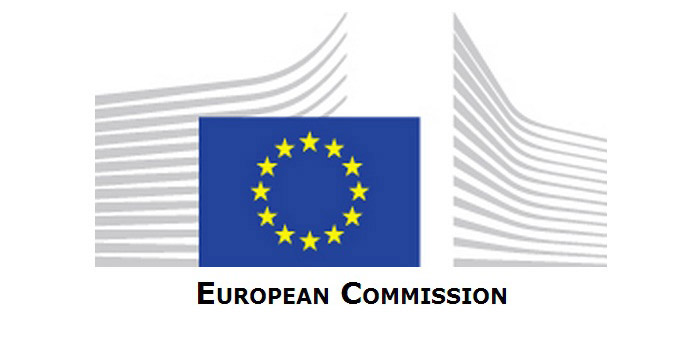This blog entry is an archive entry from March, 2015
As LSE’s Department of Social Psychology begins 50th anniversary celebrations, Professor Martin Bauer looks back at the 1960s and the emergence of Social Psychology as an academic department at LSE.
In the early 1960s, LSE was made up of a college of academic staff who contributed to a programme of courses across Economics, Social Administration, Geography, History, International Studies, Language Studies, Political Studies, Philosophy and Logic, Statistics and Mathematics, Law and Sociological Studies. The latter subsumed Psychology and Anthropology. This started to change mid-decade and Social Psychology emerged as an independent unit. There were already a good number of psychologists at LSE who contributed to a BSc Operational Research, a BSc Sociology and an MA and MPhil Psychology.

The 1960s was the ‘golden era’ of Social Psychology in the US and this began to reach Europe. Leading programmes in the US were engaged in the massive communication efforts of the Global Cold War; research into attitudes and group dynamics flourished with funding from the US Navy seeking to understand propaganda and the behaviour of people in confined spaces. By contrast, the research of Psychology at LSE was focussed on the influence of a new communication technology on the young generation; the pioneering study ‘Television and the Child’ by Himmelweit, Oppenheim & Vince was published in 1958 and reprinted in 1962. Other areas of research included: the study of perception and racial prejudice, communication, language and thought, job satisfaction, comparative cultural psychology, sexual mores, and Freud, psychoanalysis and social class. Hilde Himmelweit was made Professor of Social Psychology in 1963. Her reputation remains that of an intellectual powerhouse and a flamboyant presence for colleagues and students alike.

Efforts were made to bring psychologists across the school into ‘Social Psychology’. Evidence appears in the School Calendar 1966-67 when, among others, the Department of Social Psychology was listed for the first time with eight members of staff: B Geber, DG Harper, Hilde T Himmelweit, Roger Holmes, WHN Hotopf, AD Jones, AN ‘Bram’ Oppenheim and A.P.E.L ‘Phil’ Sealy. This was a small group, but at the time larger than the accountants and philosophers. By 1968-69, while LSE experienced turbulent student unrest, the Department of Social Psychology, the first of its kind in Britain and Europe, was firmly in place offering an MPhil (Econ) Social Psychology (1965), an MSc Social Psychology (1967) and a special subject BSc Social Psychology (1967); these programmes substituted the MA and MPhil (Arts) in Psychology that were no longer on offer.

Today the School continues to be an important home for psychologists across the globe who are pursuing the societal dimension and we return to our inspiring beginnings to shape the intellectual agenda of Psychology as a core social science.
This blog first appeared on the LSE History blog.





